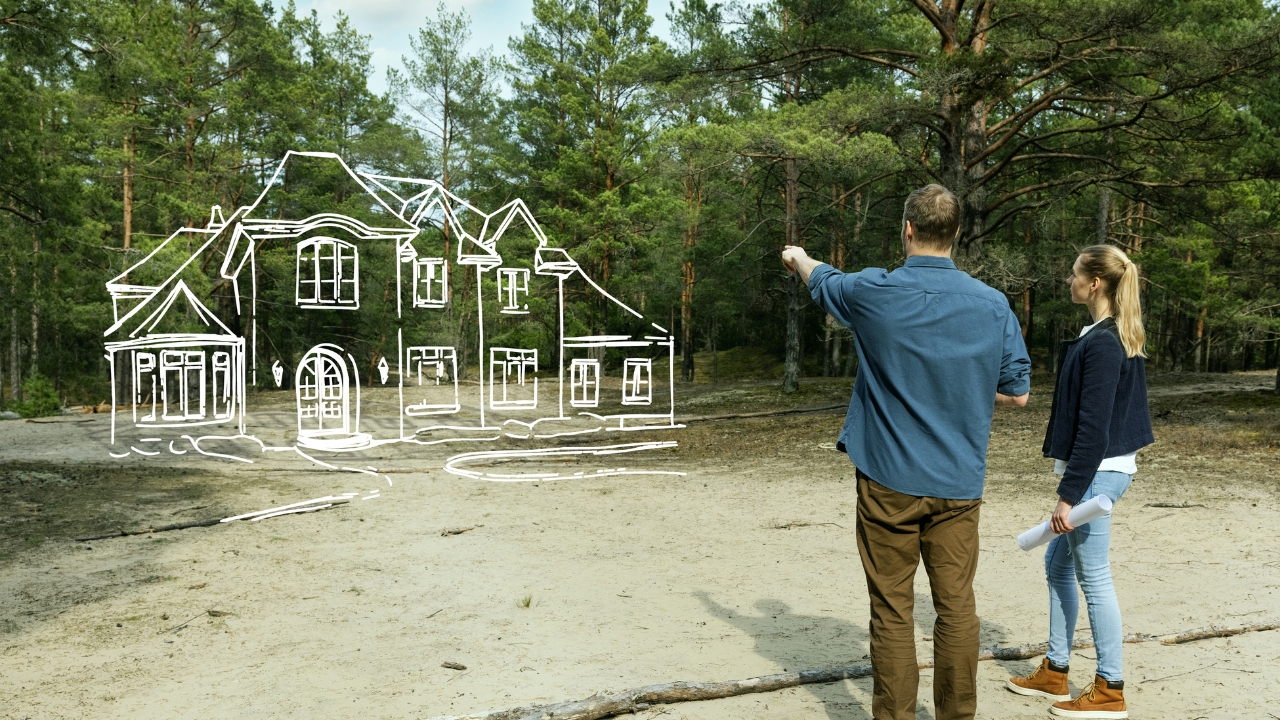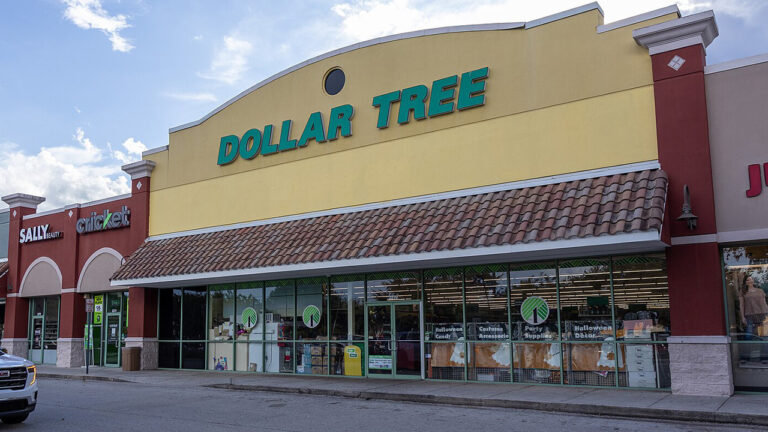You picked raw land for the price—but didn’t budget for this critical first step
Buying raw land feels like a big win. You finally have space to build, farm, or start fresh without the premium that comes with finished property. But what surprises most people isn’t the cost of the land—it’s what comes next.
The first step after purchase is almost never the one people plan for, and skipping it can stall your entire project before it even starts. That step is getting your utilities and access set up—water, power, septic, and a proper driveway. Those essentials cost far more than most first-time land buyers expect.
The land price can fool you
When you’re shopping for land, it’s easy to get caught up comparing acreage and price per acre. A few extra acres for less money feels like a deal, but raw land doesn’t come ready to use. A $50,000 property without utilities can end up costing more in the long run than a $75,000 one that’s already prepped.
Every piece of land looks full of potential until you start adding up what it takes to make it livable. Clearing brush, grading, trenching for utilities, and installing a septic system all add up fast—and many of those jobs have to happen before you can even think about pouring a foundation.
Access is the first real expense
Before anything else, you need a way to get to your property safely and legally. That usually means a driveway or access road—and that’s where reality hits hard. Grading, gravel, and drainage work can run thousands depending on terrain. If you need culverts or your land sits on clay, the cost climbs even higher.
A lot of rural properties have easements or shared access points that seem fine on paper but aren’t ready for regular use. You might have to cut a new entrance, widen an existing one, or bring in base material to stabilize the ground. It’s the kind of work nobody brags about but can’t be skipped, especially if you plan to bring in heavy equipment or building materials.
Water and septic aren’t optional
Water access is often the biggest surprise for new landowners. If there’s no existing well or municipal hookup, you’ll need to drill one—and that’s not cheap. Drilling costs vary depending on depth, soil, and water table, but it’s rarely under a few thousand dollars. Add in pump installation, plumbing, and trenching to the house site, and you’re looking at a major investment before you ever turn on a tap.
Then there’s septic. Installing a system requires soil testing, permits, and professional installation. And not every property passes the first test. If your soil doesn’t drain well, you might need an alternative system, which can easily double the cost. It’s a critical step that determines where your house can sit and whether the rest of your layout even works.
Power can be a project on its own

If your land doesn’t have existing power lines nearby, you’re in for another big-ticket project. Utility companies charge by the foot for extending service—and that adds up quickly on large rural lots. If the nearest connection point is half a mile away, you could be looking at tens of thousands before power ever reaches your site.
Some people choose to go off-grid to avoid the expense, but solar systems capable of powering a home aren’t cheap either. Even small setups for basic living cost more upfront than most expect, and they still need backup solutions during cloudy seasons.
The ground itself needs preparation
Raw land rarely comes ready for building. You’ll need to clear brush, remove trees, and possibly bring in fill dirt to level the site. Grading not only prepares for construction but also determines drainage—get it wrong, and you’ll be dealing with water pooling around your foundation or driveway for years.
Even something simple like finding where to put your house pad can take time and equipment. The more uneven the property, the more it costs to make it buildable. That’s why walk-throughs with a contractor or site prep company are worth every penny before you commit to a layout.
Permits and inspections take time and money
Once utilities and site work enter the picture, so do permits. Septic installation, driveway access, and electrical hookups all require approval from local agencies. Fees vary by county, but delays can be even more costly than the paperwork itself.
Skipping or rushing the permit process can backfire. A poorly placed septic field or an unapproved driveway can cause problems when you try to sell—or worse, when you’re forced to move it later.
Planning early saves thousands later

The biggest mistake new landowners make is treating utilities like something to deal with “later.” But every major decision—house placement, driveway route, even fencing—depends on where your utilities go. Planning them early prevents you from paying twice to fix layout issues.
Before breaking ground, get quotes from local contractors for well drilling, septic systems, and power connection. Even rough numbers will help you build a realistic budget. A lot of people give up mid-project not because they ran out of ideas, but because they ran out of money after these first steps.
Raw land is full of potential—but preparation is the price
Owning land feels like freedom until you realize the ground itself needs just as much work as the dream you’re building on it. There’s nothing wrong with buying raw property for a good price—it’s a smart move if you know what you’re getting into. But the first step after signing isn’t building. It’s preparing.
If you take time to plan your access, utilities, and site layout now, everything else—from fencing to the foundation—will fall into place smoother and cheaper. The land might be affordable, but making it livable is where the real investment begins.
Like Fix It Homestead’s content? Be sure to follow us.
- I made Joanna Gaines’s Friendsgiving casserole and here is what I would keep
- Pump Shotguns That Jam the Moment You Actually Need Them
- The First 5 Things Guests Notice About Your Living Room at Christmas
- What Caliber Works Best for Groundhogs, Armadillos, and Other Digging Pests?
- Rifles worth keeping by the back door on any rural property
*This article was developed with AI-powered tools and has been carefully reviewed by our editors.







